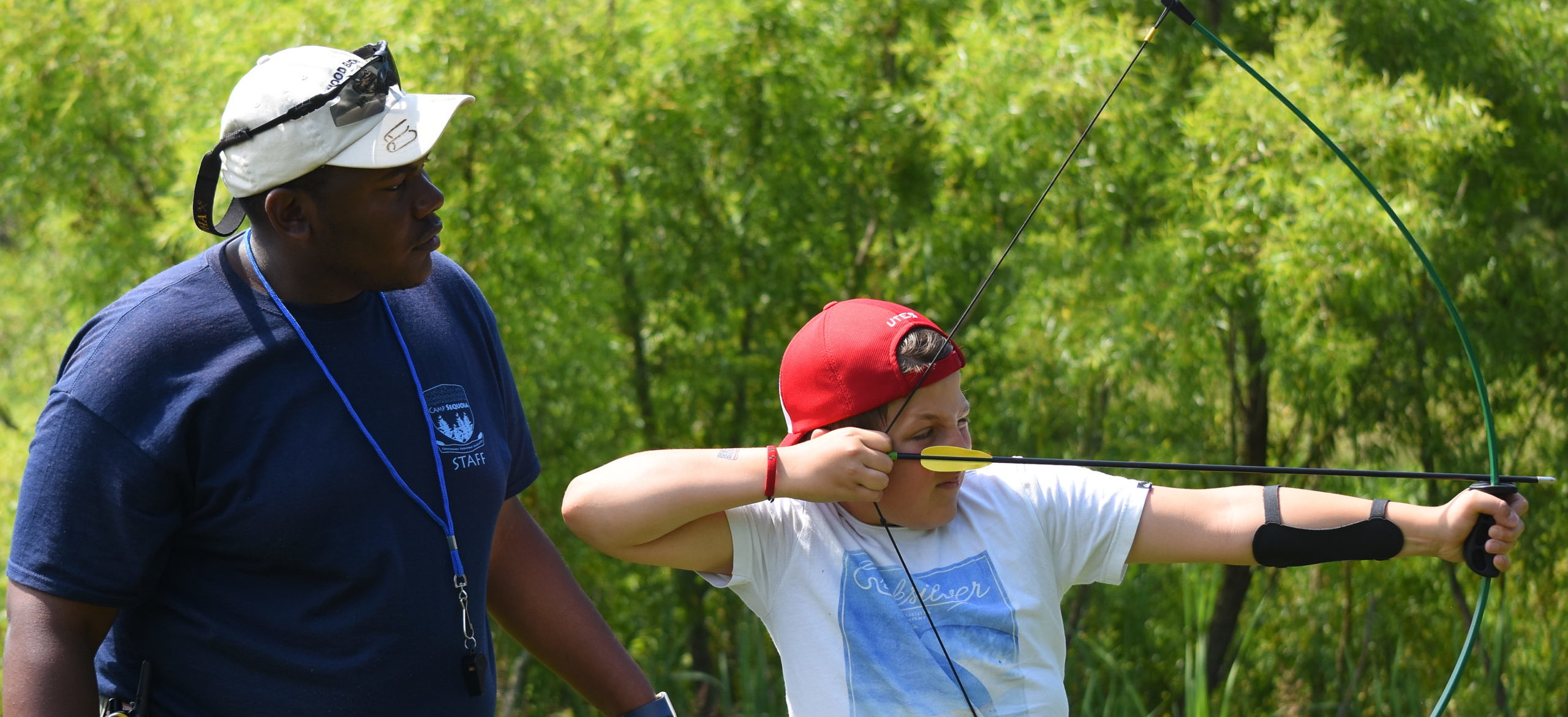Fascinating research and news for our population comes out regularly, and we wanted to share some of these updates with our community. We have collected interesting testimonies, national and international resources, research studies, and more here for our families.
Camp Sequoia has long believed in the value of near-peer mentors as part of a comprehensive strategy to engage ADHD, ADD, twice-exceptional and neurodivergent kids in their zone of proximal development. This advice, as published by the National Educational Association provides insight from a 20 something young man with ADHD that is insightful and informative for a Camp Sequoia population.

Social or Anti-social Media?
We enjoyed this perspective from Education Week on the impact of Social Media on students. Check out the interactive pie chart as well. In the same vein from one of our Colorado families, we heard this on Freakonomics Radio about a paper regarding social media use.
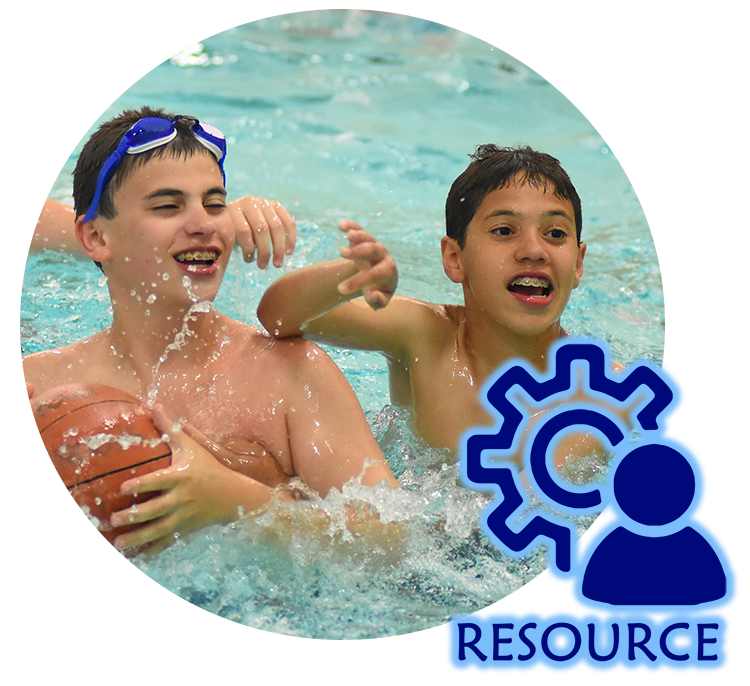
We loved this peer reviewed study looking at a comparison of camouflaging behaviors with adults diagnosed with ADHD versus those with an Autism diagnosis. In summary, while both groups showed camouflaging traits, these traits were much more prevalent in adults with autism. There are some interesting avenues of further study that come out of this work as well.
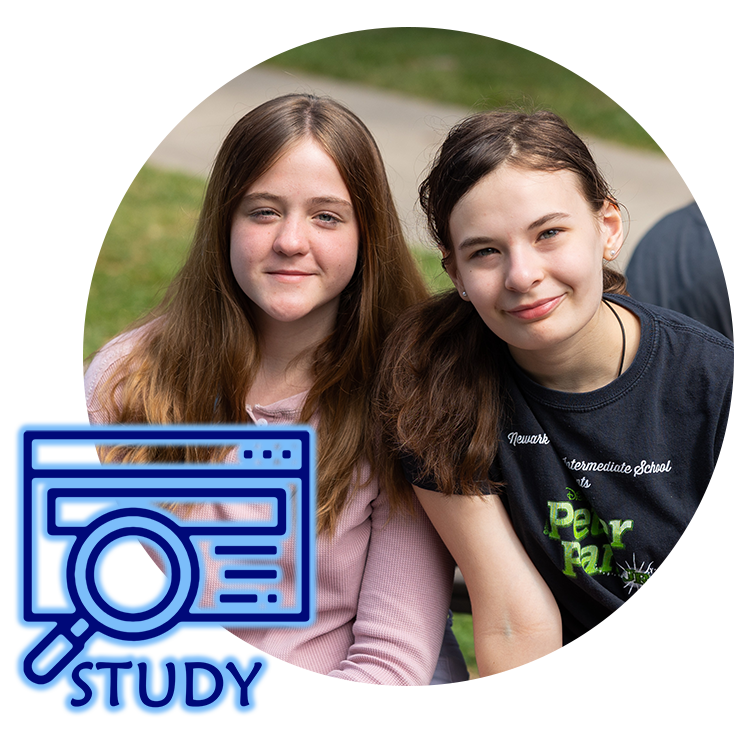
In this article, shared by one of our Canadian families, post-pandemic prescription trends are explored with a statistically significant rise in ADHD prescriptions for females compared to males pre and post pandemic.
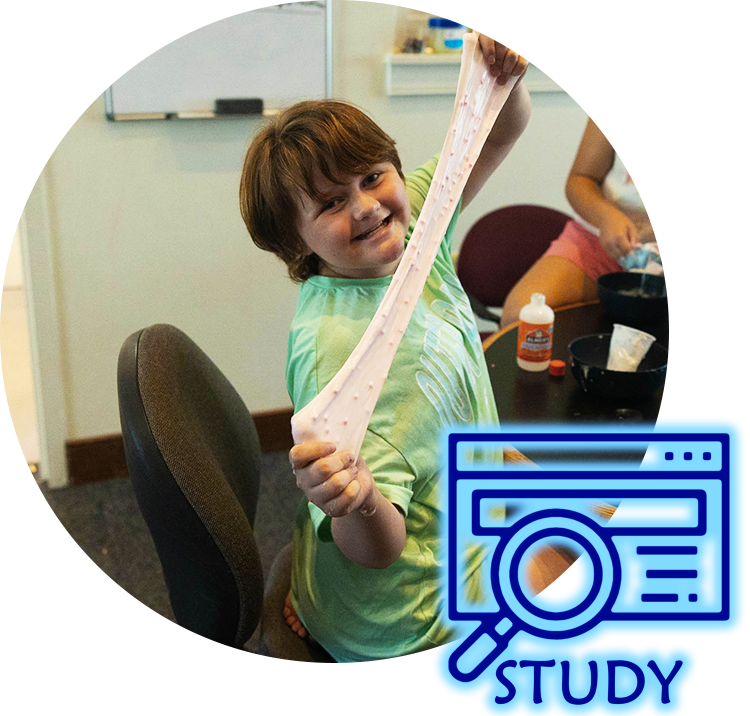
We love this article that unpacks what ADHD feels like for five different folks with this diagnosis. This candid dialogue and reflection from VeryWellMind is a recommended read.
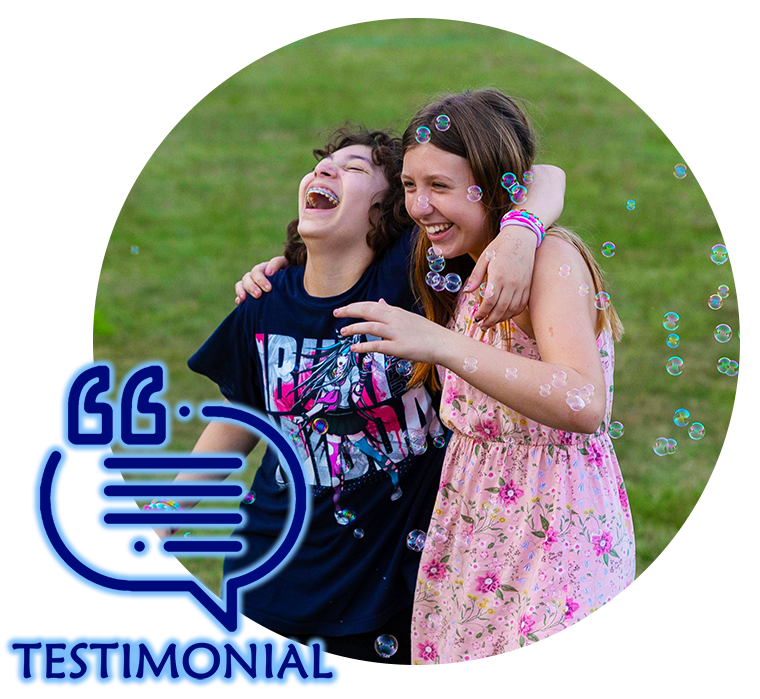
In this meta-analysis in the Lancet researchers explored the diagnosis of younger children in a class versus those who are older in the same grade level. This look at 130 individual studies found that there was not a higher likelihood for younger children to have their diagnosis reversed versus older children later in life.
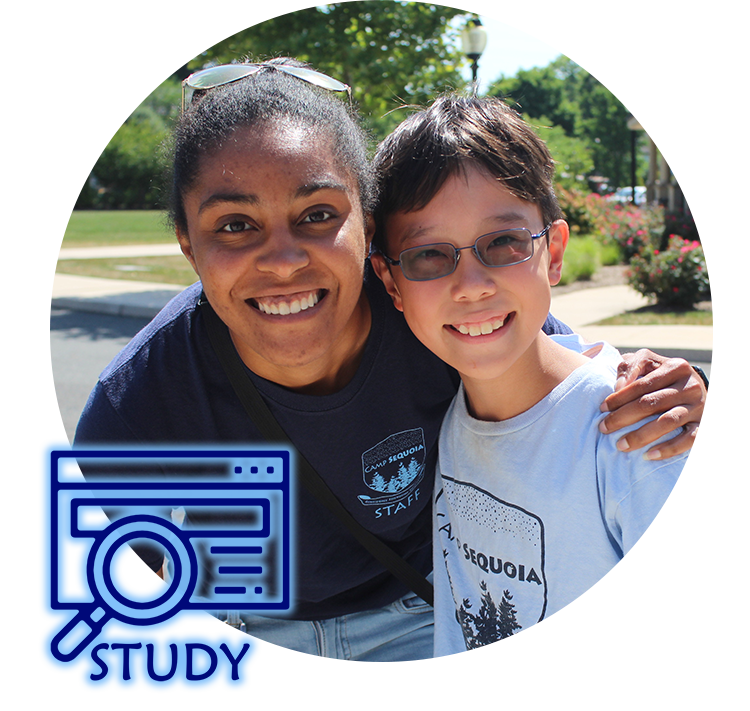
From one of our Hong Kong families, this article in the South China post, finds that ADHD 13% and Depression 10% are currently the top two mental health issues, according to a sample size of 6,000 students from ages 6-17.
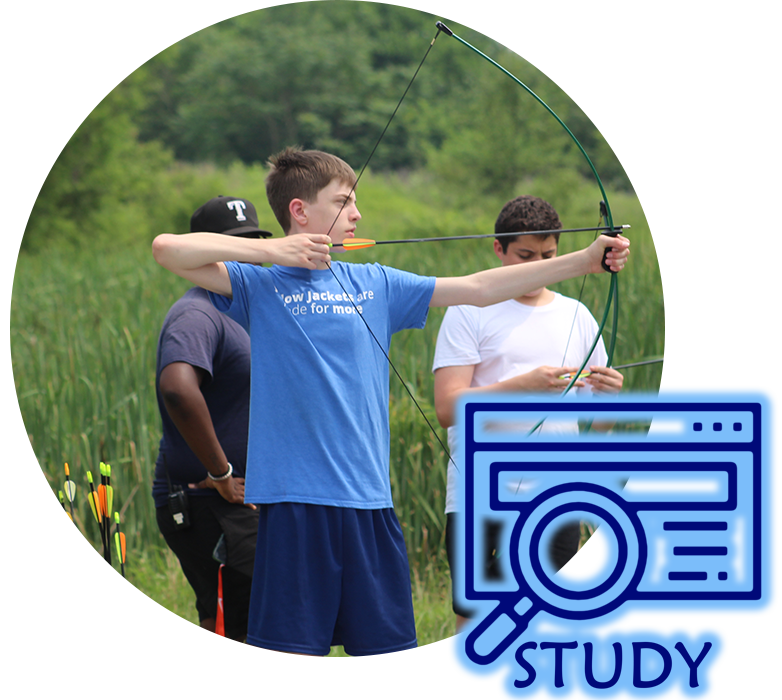
While their football team may not be what it once was, the editorial board of the Collegiate Times at Virginia Tech continues to do a fine job in curating articles. This one looks at the real life impacts of COVID-19 on social skills and the ability to make meaningful social connections.
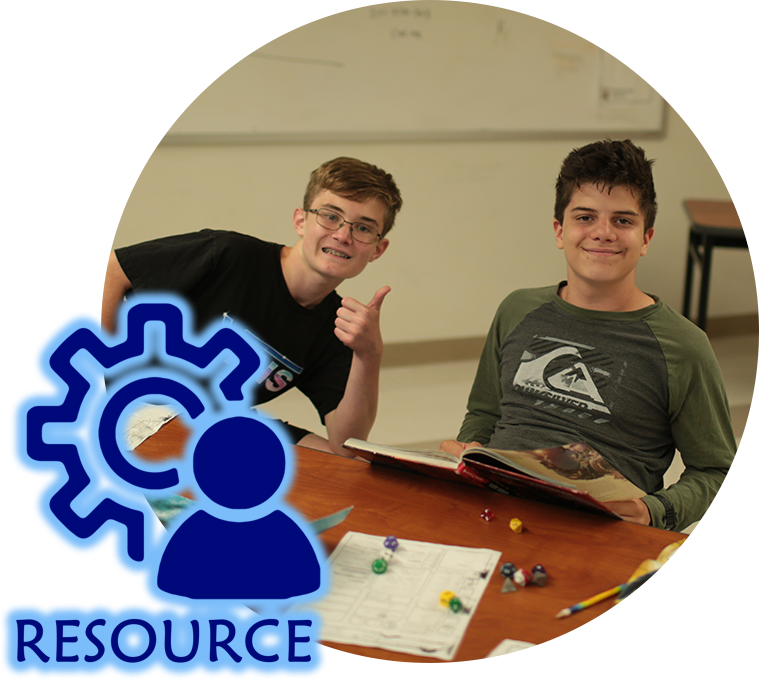
It has been said that a good man is hard to find. At Camp Sequoia we endeavor to help our young men (and women) become the best versions of themselves. This article from the Good Men Project has six tips to help make intentional choices that can improve social outcomes.
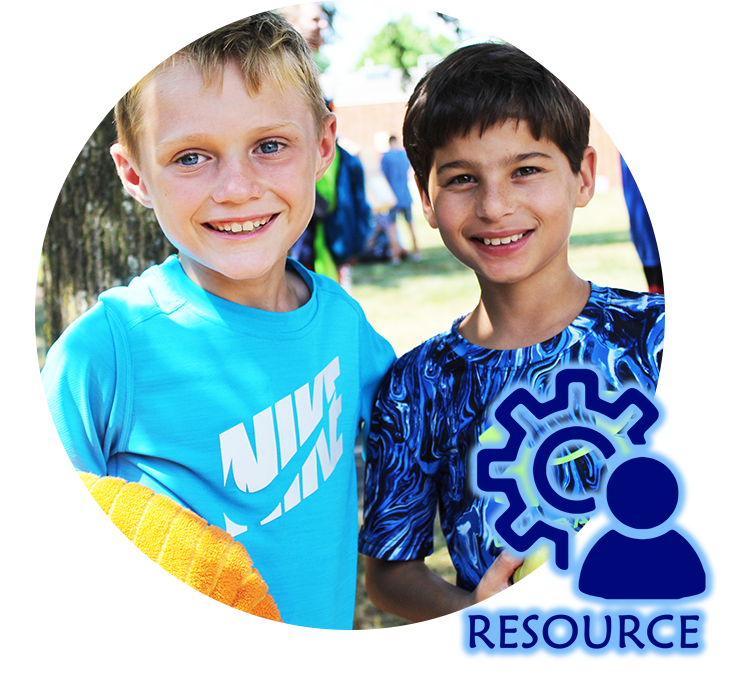
We loved the perspective of a pediatrician who looks at why ADHD often can go undiagnosed in girls. Understanding why girls with ADHD can go undiagnosed can help inform better screening and appropriate interventions for neurodivergent girls.
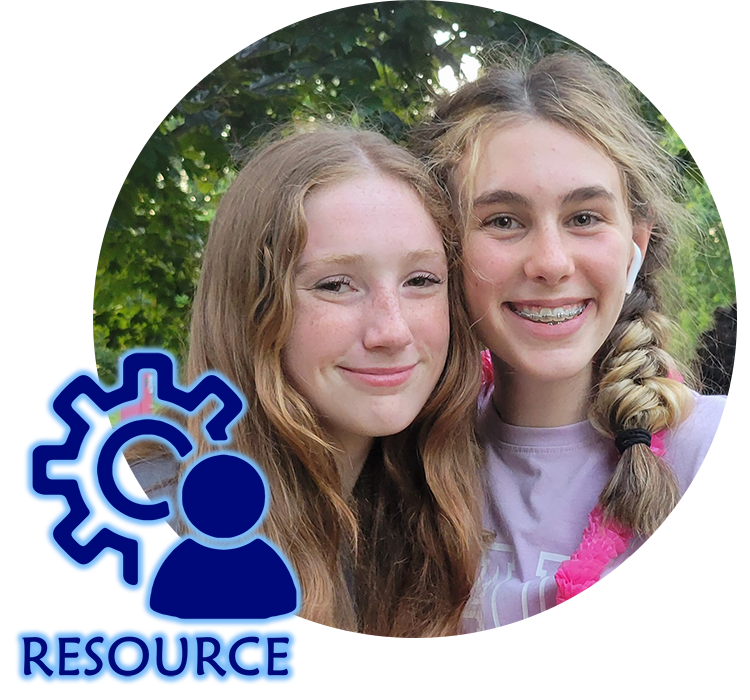
In work published in Additude magazine, the link between ADHD, adverse childhood experiences and depression is explored.

We were intrigued this week by a study of medical students and sugar intake from beverages and the association with symptoms of ADHD.
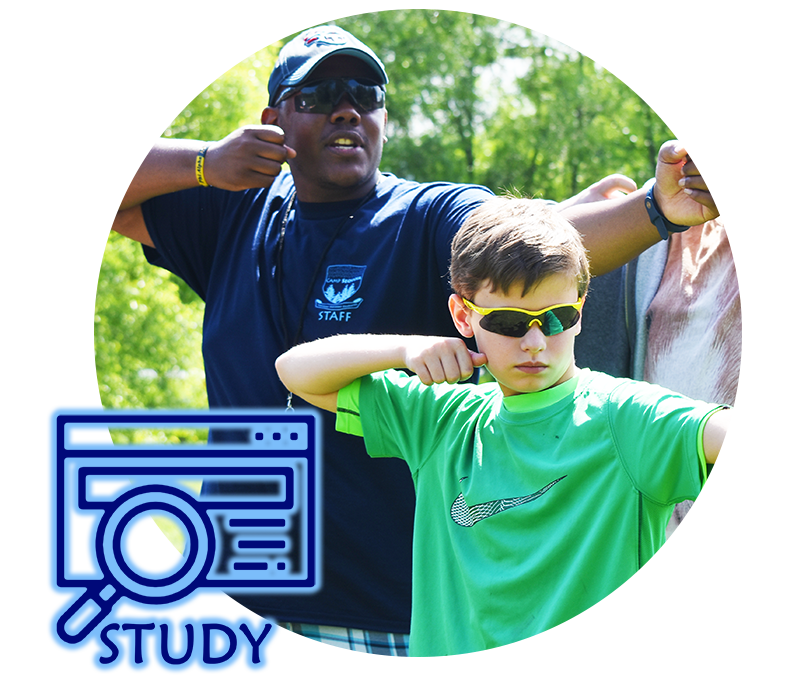
Our collective hats go off to the San Jose non-profit Dreamzilla founded by Kyle Loh which awards scholarships to those with neurological differences.

From the ADHD Centre in Canada this week, we read an interesting article on how ADHD is treated (or not) in Canada and what employers can do to support employees (and their businesses) by providing workplaces that take the needs of those with ADHD into account. This can increase workplace satisfaction, productivity and the bottom line as well. In another article, Silicon Republic explores how to adapt workplaces for neurodivergence as well.
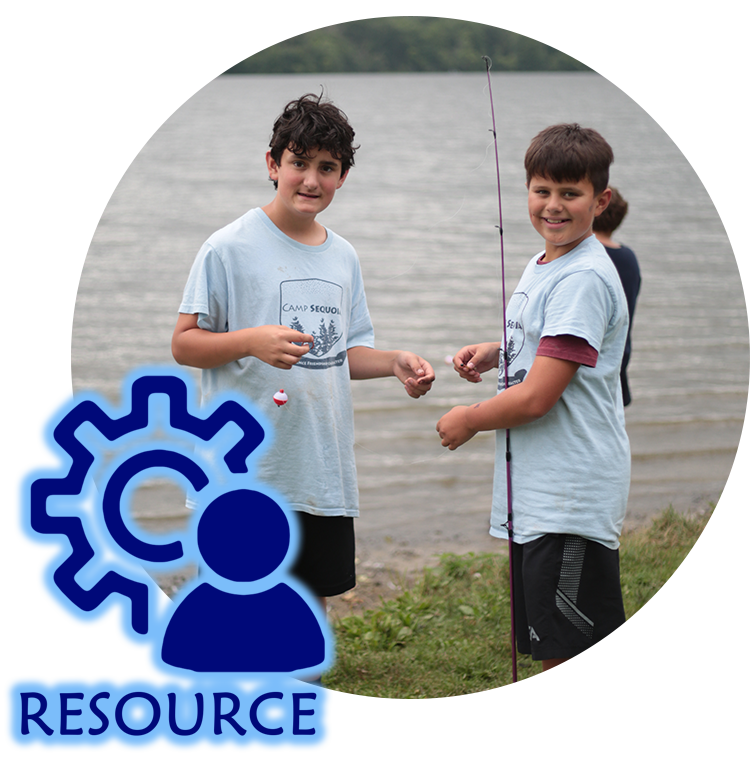
An interesting clinical study from Dr. Surman at Massachusetts General Hospital, sees potential in the repurposing of Solriamfetol from the FDA approved use to treat sleep disorders to a potential novel ADHD treatment.
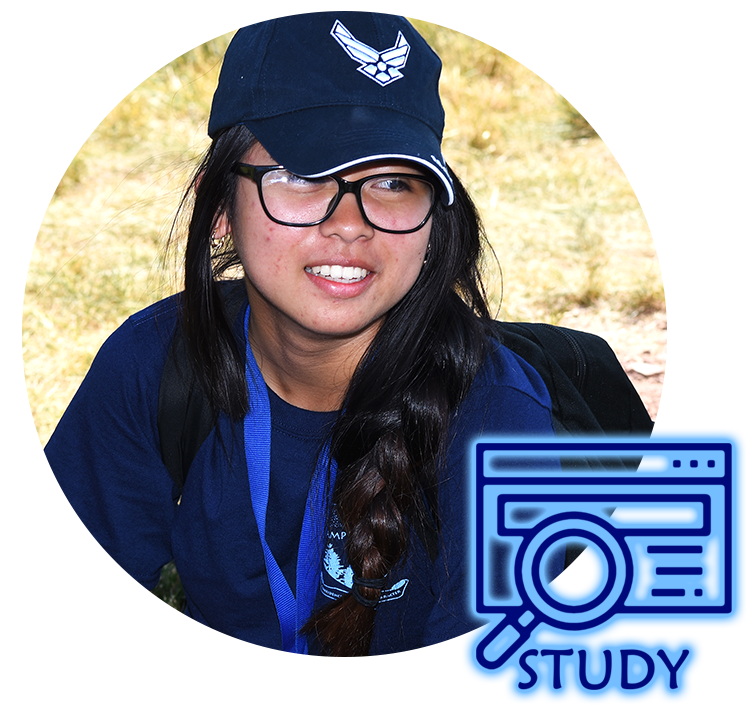
This week, in celebration of #ADHDawarenessmonth we also wanted to connect our readers with an article from WebMD in which we find a discuss of the shifting symptoms of ADHD and the shortcomings of the current diagnostic criteria as they relate to real-world manifestations of ADD and ADHD. Specifically, Dr. Dodson advocates for including traits like emotional regulation and cognition in the DSM-V (Diagnostic and Statistical Manual of Mental Disorders).
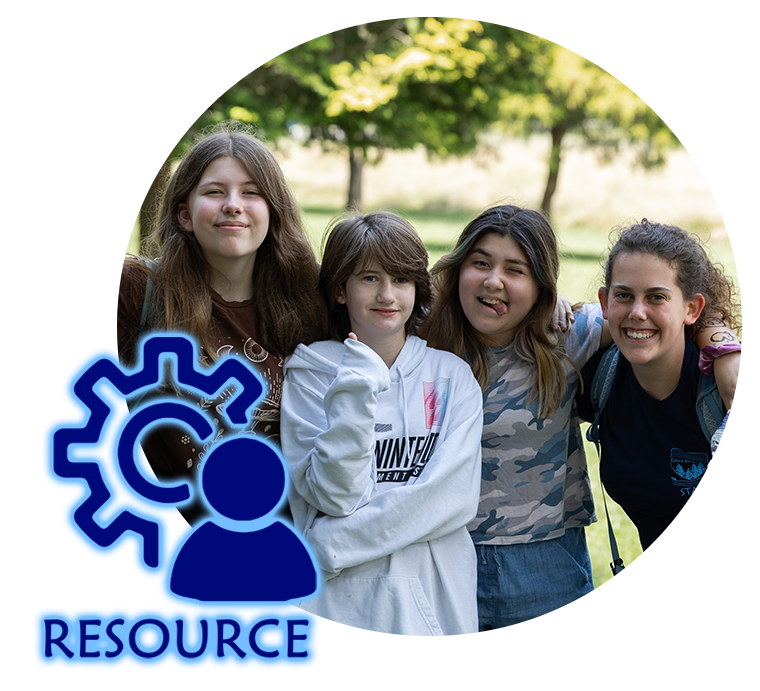
This week, out of the UK, we were drawn to two items. The first is an opinion article in Schools Week by Andrew Howard, advocating for policy solutions that would look at and address the underlying causes of complexities of working with neurodivergent kids.
The second comes out of Devon and Cornwall in which neurodivergent police trainees are provided with additional tools to experience success. These sensory library boards “samboards” are grant funded and are designed to help with focus during the classroom portions of training.

In a small, but statistically significant peer-reviewed study out of Rowan University and Rutgers, it was found that children diagnosed with ASD and ADHD had greater difficulty that neurotypical peers in eliminating Bisphenol-A (BPA) from their systems at a reduced capacity of 11 and 17 percent respectively, leading to a buildup and increased exposure of this plasticizer in their tissues.

This very intriguing work looks at links between hyperactivity associated micro RNA (miRNA) and rated outward expressions of hyperactivity based on the Conner’s scale. With a European sample size of over 1100 children this work published in BMC Psychiatry is work work exploring further.

In a trend we have seem reflected globally, Norway has reported in notable increase in the diagnosis of ADHD from 2020-2022. Of note, the percentage of girls in their late teens doubled during this period.
Also of note is a similar trend in the UK published in the Cambridge University Press that looks at diagnosis and ADHD prescriptions written over the last two decades.

Monash University has published an interesting article on the hormones, menstrual cycles and impacts on those diagnosed with ADHD
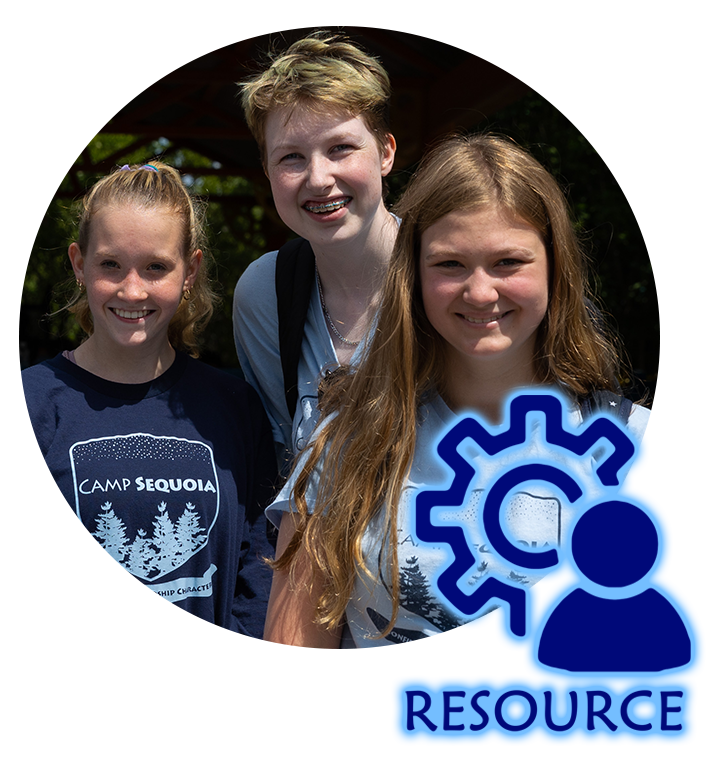
In yet another case of a highly achieving individual (in this case about 35,000 feet high) talking about their ADHD diagnosis, we liked this interview with the founder of JetBlue airlines in Forbes Magazine.
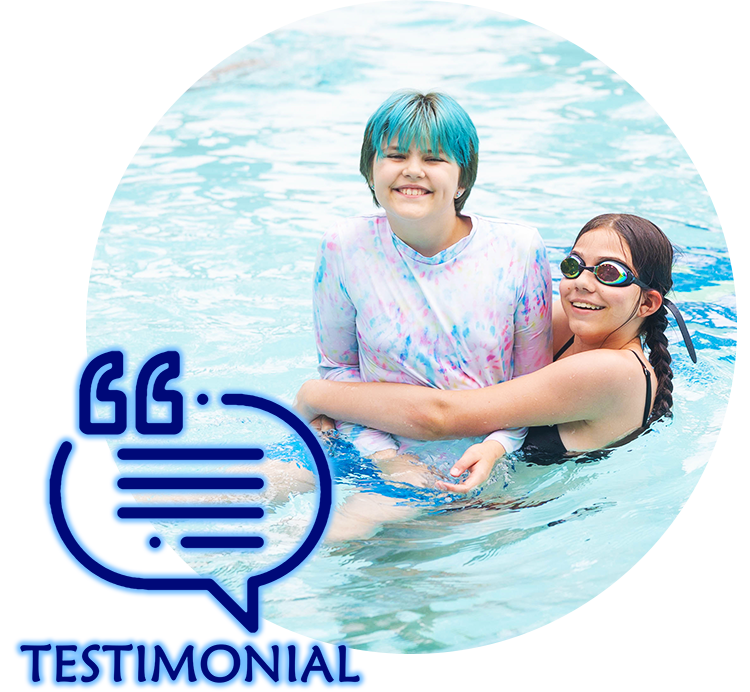
Check out this article in Chicago Health Magazine which discuss ADHD in girls and women.
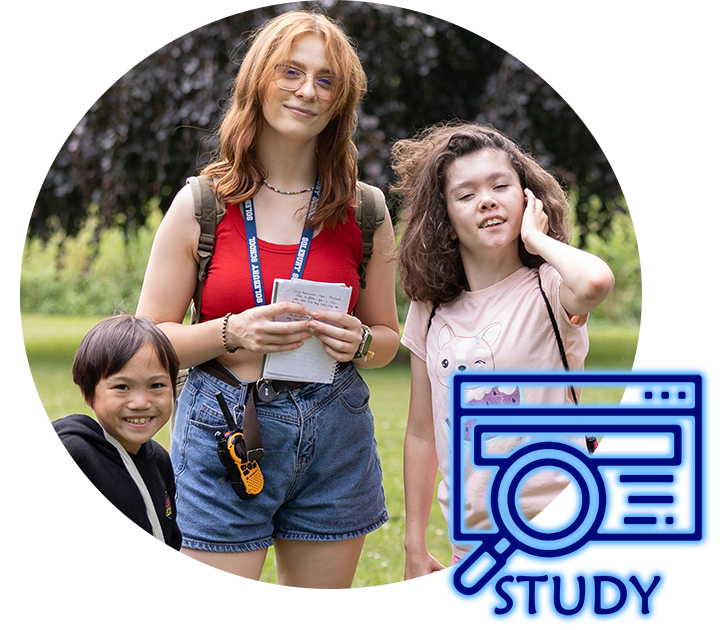
This article in the Washington Post looks at ADHD as an illness not a lifestyle choice. We enjoyed the perspective of Kate Woodsome in this opinion piece.

Recently JAMA published a study (summarized here in plain language) about the prevalence of ADHD in boys and ADHD in girls and compared the rising global rates of diagnosis with the percentage of kids who are medicated for ADHD.

We know that girls with ADD or girls with ADHD are often not diagnosed in the same way as boys with ADD or ADHD. We wanted to share the article below.

Give me a break! It turns out that according to the European Journal of Pediatrics, there is a increased risk of fracture in girls with ADHD and boys with ADHD. Check out the plain language summary below:

Forbes Health compares efficacy and side effects of two commonly prescribed ADHD medications Adderall and Vyvance. Other medications for ADHD not mentioned include Concerta, Jornay (taken at night as a delayed release medication), as well as some less commonly prescribed medications like Dextrostat, Focalin and Quillavent. Also missing in this article but of note are Intuniv and Strattera.
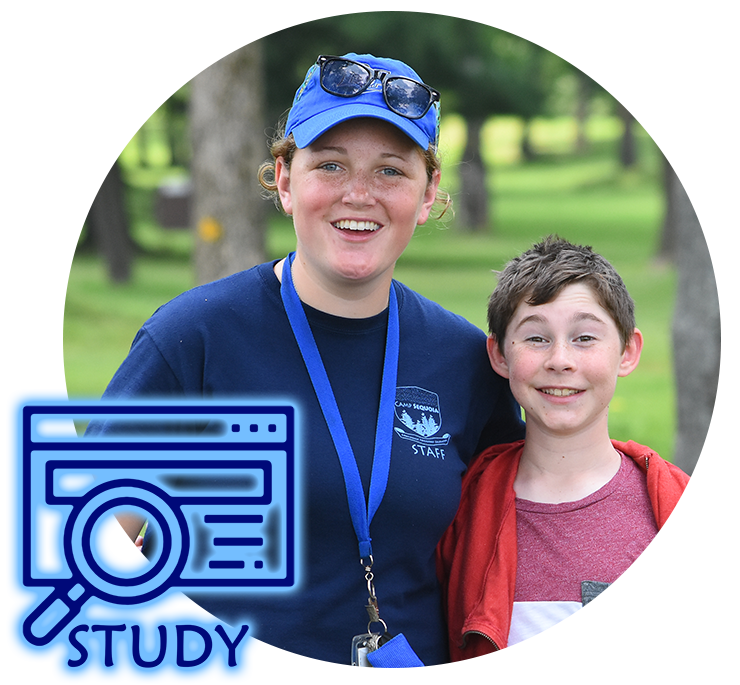
We read this article in the Global Herald about girls still being underrepresented in STEM subjects. Camp Sequoia is very proud of our all girls camp and staff which features real STEM activities and mentorship for our amazing girls.

In the Charlotte Post, we read a new study that the number of women aged 23-49 diagnosed with ADHD has increased by 100% 2020-2022.

There is now a correlation established, courtesy of Scientific Reports and available in plain language below. In brief, ADHD in girls is more commonly comorbid with certain permutations of fragile X.

Check out this article on body posture and how others perceive your feelings as a result of that. Duke University and Patty Van Cappallen have discovered that more than facial expressions, body posture has a notable impact on how we are perceived.

We wanted to share a newly published children’s book, “Walking in Ava’s shoes” which outlines the realities of a young girl with ADHD and her perspective as a child with ADHD and how that impacts her interactions with other girls and how she expresses her feelings with an overall positive message of compassion and understanding for girls with ADHD.

As the first single gender social skills focused summer program in the US, we wanted to pass this article along about emotional coaching and the ways these types of interactions can, “ripple into the next generation”.

We had a good gut feeling that our community would enjoy this research linking microbiome health in the intestines to ADHD. This work, published in the Journal of Child Psychology and Psychiatry looks at the type and ratios of bacteria found in patients with and without an ADHD diagnosis. The link above provides a plain English summary of this study without a paywall.

We know that sometimes AD/HD in girls can be missed or overlooked and we also understand that it is important to recognize and support the needs of girls with ADHD. This week we wanted to share that author, songwriter and singer Lily Allen has shared with the world her recent ADHD diagnosis. It is important for our young girls with ADHD to recognize that they are not alone. Lily discusses the genetic and situational components of ADHD in a recent Guardian article.

Check out this global resource for parents of twice exceptional (2e) and neurodivergent kids:

A recent study explores the relationship between ADHD and school attendance.

Texas Success for a twice-exceptional teen. Check out 2E Apothecary and learn about Gideon and his family.

A study in borderline Personality Disorder and ADHD in girls concludes both ADHD and unpleasant experiences in early childhood are predictive of BPD, but these indicators are not found as girls get older.

Check out this overview of the diagnosis formerly known as Asperger’s in the Orlando Sentinel from the Director of Disability Services at Rollins College in celebration of Autism Awareness Month

The Institute of Psychiatry, Psychology and Neuroscience has recently published work from King College in London looking at over 2,200 children from the UK ages 5,7, 10 and 12. They’ve determined that children with noted hyperactive, inattentive or classically impulsive ADHD symptoms showed more withdrawn behavior, increased isolation and had a greater incidence of at school bullying. We also encourage you to check out this blog about neurodiversity including (2e or twice-exceptional) inspired thinking.

Here are some strategies from Dr. Duong, clinical psychologist and senior researcher at the Constructive Dialogue Institute. In short, Letting go of winning, Reciprocal story sharing, Informational Questioning to build understanding, recognizing the emotional piece and seeking common ground are all tenets that serve to build meaningful constructive dialogue.


